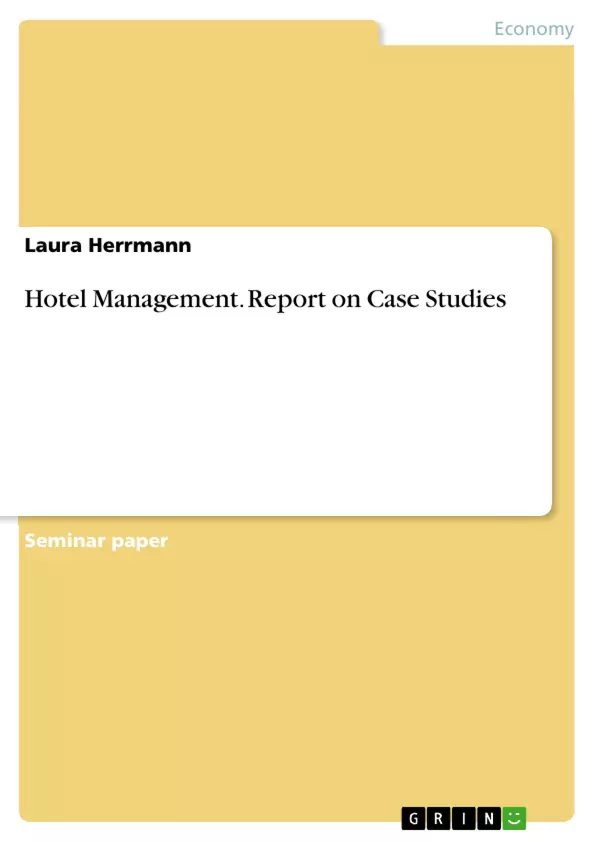Nowadays the Internet is the most important source of information and the main channel for buying products. With more than 2.4 billion Internet users worldwide (Internet World Stats, 2012) and the highest population penetration in regions that are most relevant for tourism (see figure 1), it seems obvious, that the internet has been changing the sector in a crucial way since the 1980s and is still gaining importance. Therefore it “can be considered as one of the most influential technologies that changes the behavior of tourists” (Crnojevac, Gugić & Karlovčan, 2010: 41). While nowadays about 33% of all hotel rooms are booked via the Internet (Ricca, 2011) there is also a trend in the direction of booking directly on hotel websites. Efficiency, quality and flexibility convince the tourists, although still quite a large number of them ends up actually buying the product or service offline and only using the Internet as a platform for information exchange. But modern technology has not only changed the tourist’s behavior (for example the online search process also becomes longer and longer due to the great number of websites), but also the way tourism product and service providers organize and plan their marketing and communication strategies as well as how they adapt to constant changes in the needs of customers (Crnojevac, Gugić & Karlovčan, 2010). [...]
Inhaltsverzeichnis (Table of Contents)
- E-TOURISM
- THE ROLE OF INTERNET FOR HOTEL BOOKINGS
- MAJOR INFLUENCING FACTORS
- RESULTS OF THE STUDY AND OUTLOOK
- GREEN HOTELS
- DIMENSIONS AND CRITERIA OF CUSTOMER SATISFACTION
- ROLE OF GREEN FACTORS
- OWN ASSESSMENT
- CULTURE
- CORPORATE AND NATIONAL CULTURE
- MAJOR CONFLICTS
- INTERCULTURAL MANAGEMENT WITHIN THE HOTEL INDUSTRY
Zielsetzung und Themenschwerpunkte (Objectives and Key Themes)
This report focuses on analyzing the role of the internet in the hotel industry and its impact on customer behavior. The report examines three major case studies: E-tourism, Green Hotels, and Culture.
- The impact of the internet on hotel bookings and the development of online booking behavior.
- The growing importance of sustainability in the hotel industry and the role of "green factors" in customer satisfaction.
- The challenges and opportunities of intercultural management within the hotel industry.
- The influence of corporate and national culture on hotel operations and customer expectations.
- The role of technology in shaping the tourism industry and the evolving needs of modern travelers.
Zusammenfassung der Kapitel (Chapter Summaries)
- E-Tourism: This chapter explores the significance of the internet in hotel bookings, highlighting its impact on the tourism sector. The chapter discusses the increasing prevalence of online booking channels, analyzes key factors influencing online booking behavior, and explores the future of online booking within the tourism industry.
- Green Hotels: This chapter examines the rising importance of sustainability in the hotel sector and explores the dimensions and criteria of customer satisfaction related to "green" hotels. It analyzes the role of green factors in influencing customer choices and provides a personal assessment of the significance of sustainability in the hotel industry.
- Culture: This chapter delves into the influence of corporate and national culture on the hotel industry. It examines the challenges and opportunities arising from intercultural interactions within the hotel sector and provides insight into effective intercultural management strategies.
Schlüsselwörter (Keywords)
The report focuses on the keywords: e-tourism, online hotel bookings, customer behavior, green hotels, sustainability, customer satisfaction, intercultural management, corporate culture, national culture, and the impact of technology on the tourism industry. These terms encapsulate the core concepts and research focus of the report.
- Quote paper
- Laura Herrmann (Author), 2013, Hotel Management. Report on Case Studies, Munich, GRIN Verlag, https://www.grin.com/document/277874



